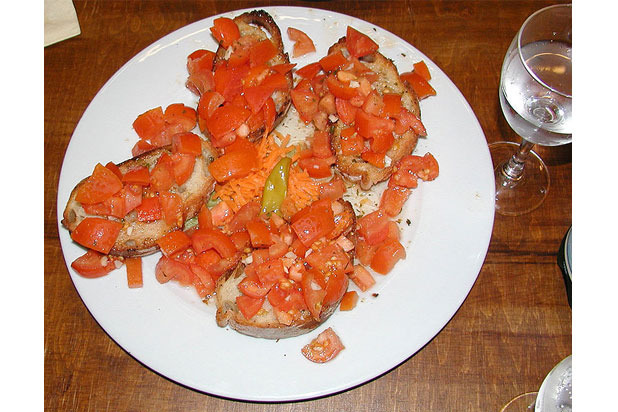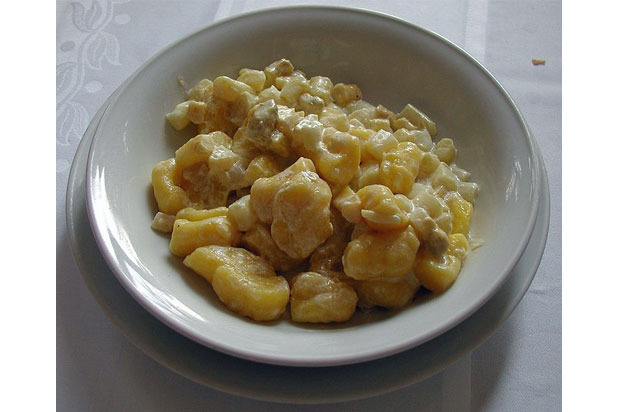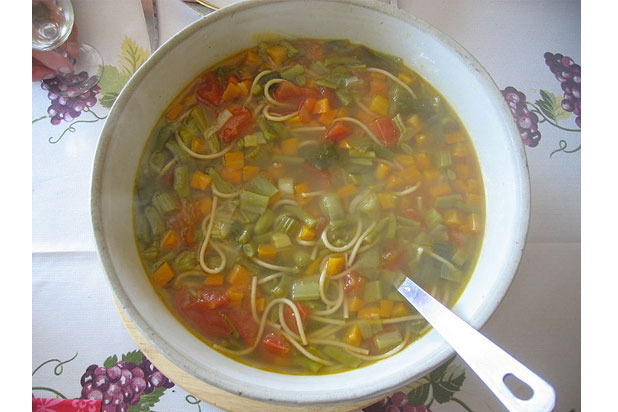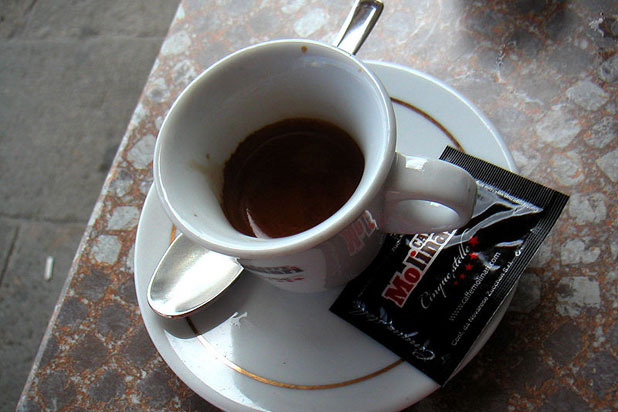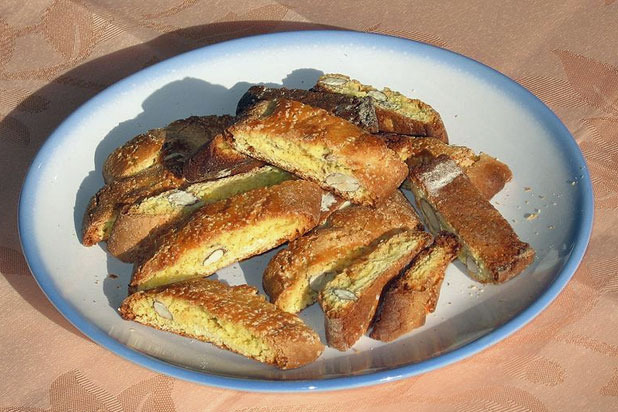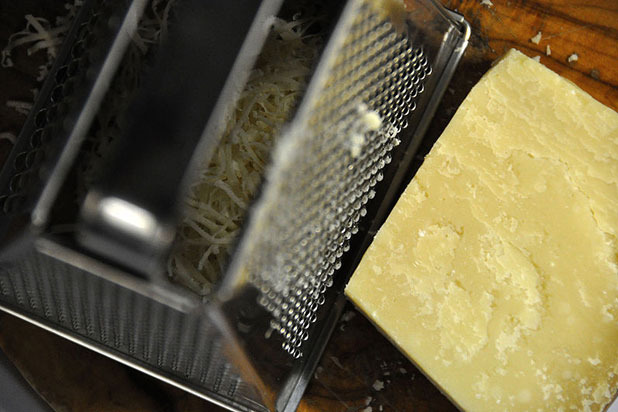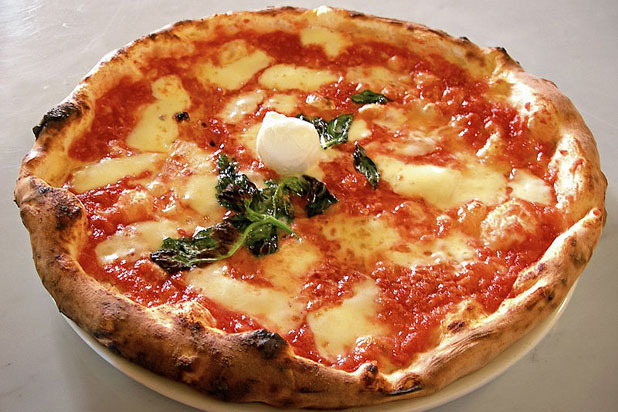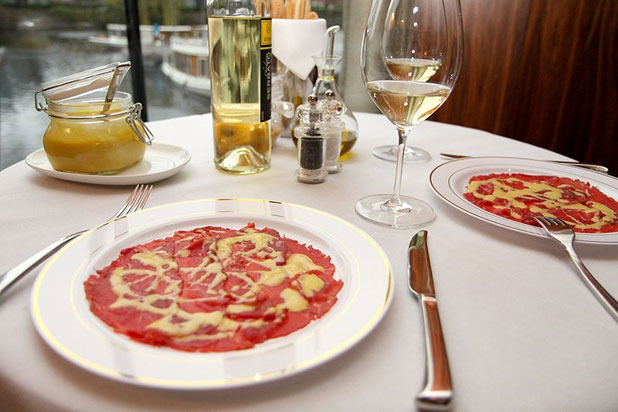How To Order At An Italian Restaurant Without Sounding Dumb (Or Pretentious) Slideshow
Not "brewshhetta." The "ch" sound in Italian is a hard "k." Also, this is usually served as an appetizer, which will probably be listed in your menu as "Antipasto" (appetizer, singular) or under "Antipasti" (appetizer, plural), or, erroneously, as "Antipasta" (this is not a word).
Gnocchi: nyoh-kee
Ah, dumplings! Every culture has 'em. In Italy, these consist of little potato morsels, often served in a tomato sauce. If you're lucky, they'll be "fatti in casa" (homemade.) The "g" in gnocchi just modifies the "n" sound (sort of like the Spanish ñ).
Minestrone (Don't Bother with the "E")
Italian is tricky because unlike in English, vowels at the end of a word are never silent. English speakers tend to overcompensate for this by exaggerating the vowel sound at the end of a word, for instance, saying "Minestron-EE." But in Italian, this last sound has a much lighter touch, and an "e" is pronounced much more like our soft "i." The Italian pronunciation of minestrone is therefore "Mean-ehs-tron-ih." If you order this at an Italian restaurant, you should definitely feel free to use the truncated, Americanized version of the word (with the silent "e"): Just don't add any extra vowels.
Espresso: There's No "X"
The Italian "espresso" means "pressed out," like, the coffee was pressed out of the bean. It does not mean "express" as in, fast. (Also, this totally doesn't matter when dining in America, but if you ever find yourself on a date in Italy, don't order a cappuccino after dinner — that's only a breakfast drink.)
Biscotti/Panini
Just as an FYI: Both biscotti and panini are plural words, for cookies and sandwiches, respectively. If you want just one cookie, or one sandwich, then you'd order a "biscotto" or "panino". Either way, you wouldn't say "a biscotti." However, the plural form has become so widespread in America that it's completely acceptable to get "a panini" and if you're ever on a date with someone who judges you or corrects you on this, you should probably end your date right there. (Interestingly, the inverse is true of "lasagna," which is merely the term for a flat sheet of pasta. Garfield's favorite dish is comprised of lasagna, but is actually called "lasagne" in Italian.)
Parmesan/Parmigiano (aka The Cheese)
Okay, that white grated cheese that they grate onto your pasta? That's called Parmigiano (unless you're at the Olive Garden, which, mystifyingly, chooses to use Pecorino, a sheep's milk cheese, instead). Parmigiano is from the Italian city Parma (Prosciutto is also from Parma! You can tell your date that. They will pretend to find it interesting.) and is a cow's cheese that has been aged for a year. It is delicious. Parmesan is the informal American word for this cheese, which is why the Kraft cheese in the green bottle says Parmesan, and not Parmigiano. You can use whichever term you'd like: the English or the Italian. But what you shouldn't do is use a weird hybrid of the two: Parmesiano, while often asked for at restaurants, is neither a cheese nor a word.
Pizza Margherita Is Not Made with Tequila
Pizza Margherita is the Italian answer to cheese pizza: a tricolor pie made with tomato, basil, and mozzarella. But (and this is nitpicky), note that Margherita is spelled with an "e" and not an "a" — this is what distinguishes it from the Mexican drink made with tequila. Marg-EH-rita.
When in Doubt, Pronounce Every Syllable
If you're unsure of how to attack a word — say, "carpaccio," "amatriciana" or "pepperoncino," just remember that there are no silent vowels in Italian, and usually the words are spelled phonetically (unlike English!). Their "c" is our "ch," while their "ch" is a "k" — but beyond that, word pronunciation is pretty straight forward. But also remember that few mistakes are so egregious as to actually be a turn-off to your date. Try to pronounce things correctly when possible, but no one expects you to actually be fluent. You're not an Italian, merely an American who knows his or her way around an Italian menu.
